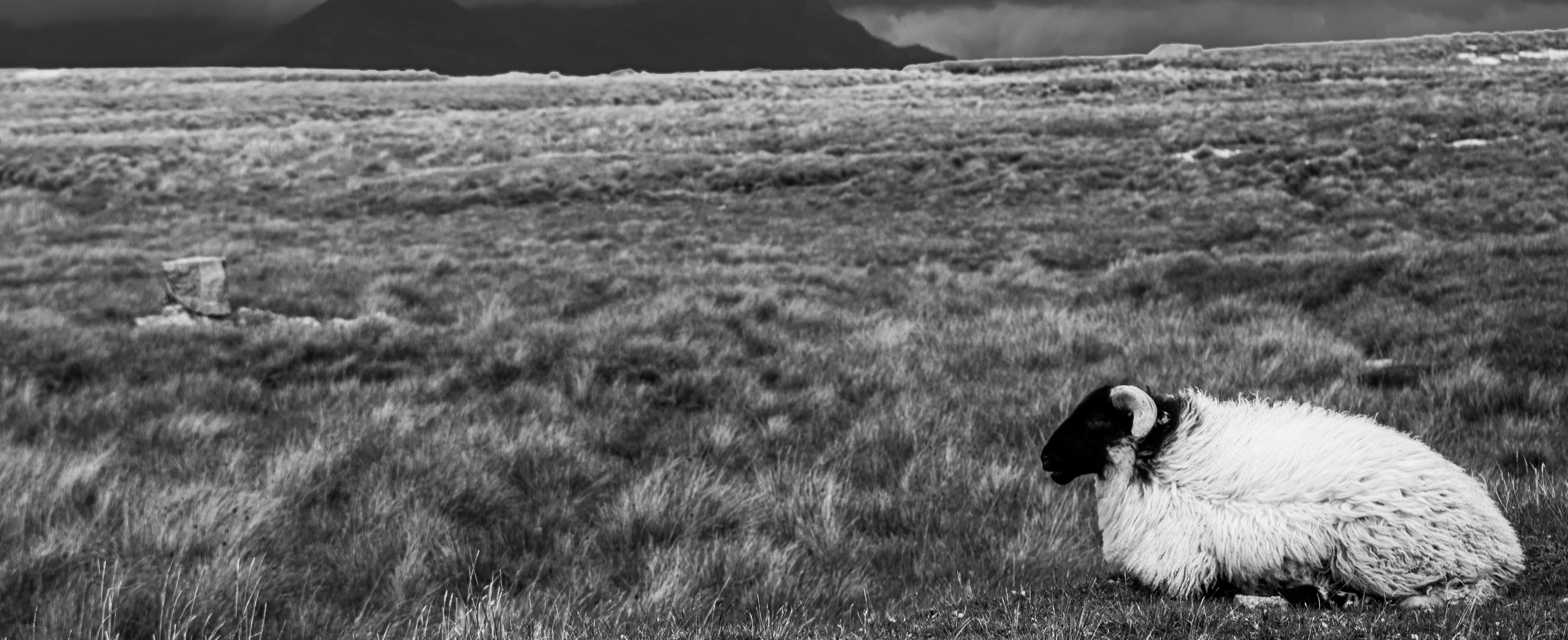Abstract
Leading up to the 2014 Melbourne Cup three communication modes were employed by unrelated horse welfare activists to raise awareness of cruelty in the racing industry. The intention to increase empathy with horses ties together these efforts, which are characterised as written, visual and immersive. This paper uses the lens of Jamie Lorimer’s three types of non-human charisma to consider the potential for each communication mode to achieve the goal of change towards interspecies response-ability. Charisma is considered in this paper to be a form of material-affect within new materialism that offers a more complex tool for analysis than the broad brush of ‘empathy’. A subjective case study describing the three communicative modes opens up dialogue on attentiveness to potential interactions towards their intended goal, or conversely towards alienation of the broader public. Of Lorimer’s three categories of charisma, aesthetic and ecological are considered to rely on pre-existing anthropocentric preferences. Corporeal charisma offers potential for a more transformative experience through sharing perspectives with a non-human species. The author recounts the experience of delivering a workshop on ‘painting with horses’ as a case study. Evidence is given that facilitated creative interspecies activities have the potential to stimulate transformation towards interspecies empathy by enabling corporeal charisma.
Keywords: SciArt, Horse, Equine, Painting, Animal Welfare, Animal Studies, Becoming Animal, Human Geography, New Materialism
How to Cite:
Boyd, M., (2017) “Painting with Horses Towards Interspecies Response-ability: Non-human Charisma as Material Affect”, Animal Studies Journal 6(1), 129-154.
Downloads:
Download PDF
428 Views
776 Downloads

